Restaurant Theft
$60k of your hard-earned revenue may be going home in the pockets of thieves. The NRA estimates that, on average, Net Income (‘NI’) for most restaurant companies is around 5% to 6%. The NRA also states that loss due to fraud at the restaurant runs around 4% of sales CASH is KING. Assuming the NRA estimates for theft are accurate then it would be safe to further assume that a restaurant with $1,500,000 (‘$1.5M’) in sales could conservatively lose $45K or possibly even $60K in revenue due to theft.
Given the number of ways theft can occur, it’s no wonder the percentage (4%) remains as high as it does. It’s not my intent to attempt to try and cover each way a restaurant can be losing money, rather, I’ll focus on the most popular -cash theft.



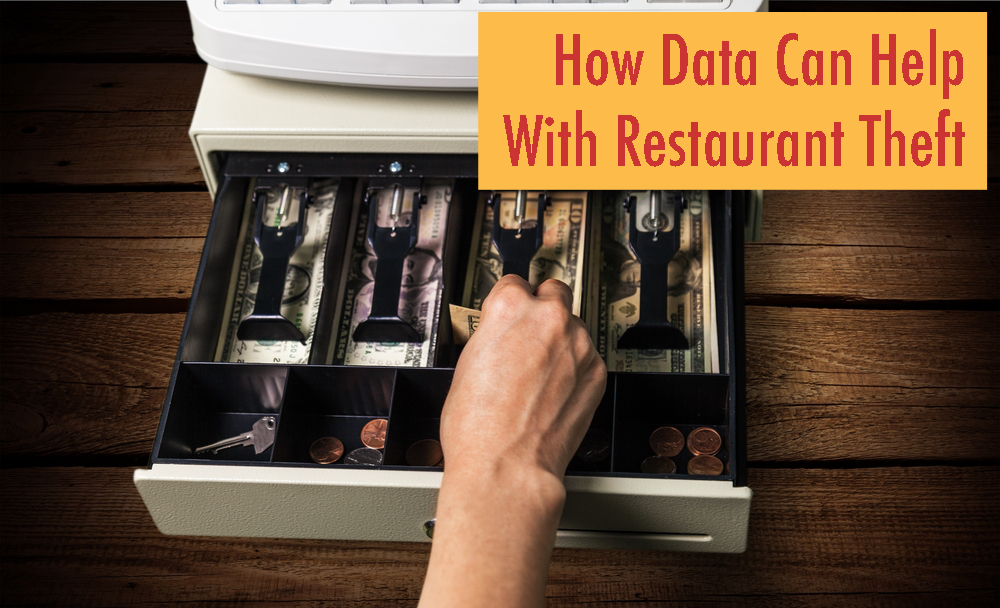

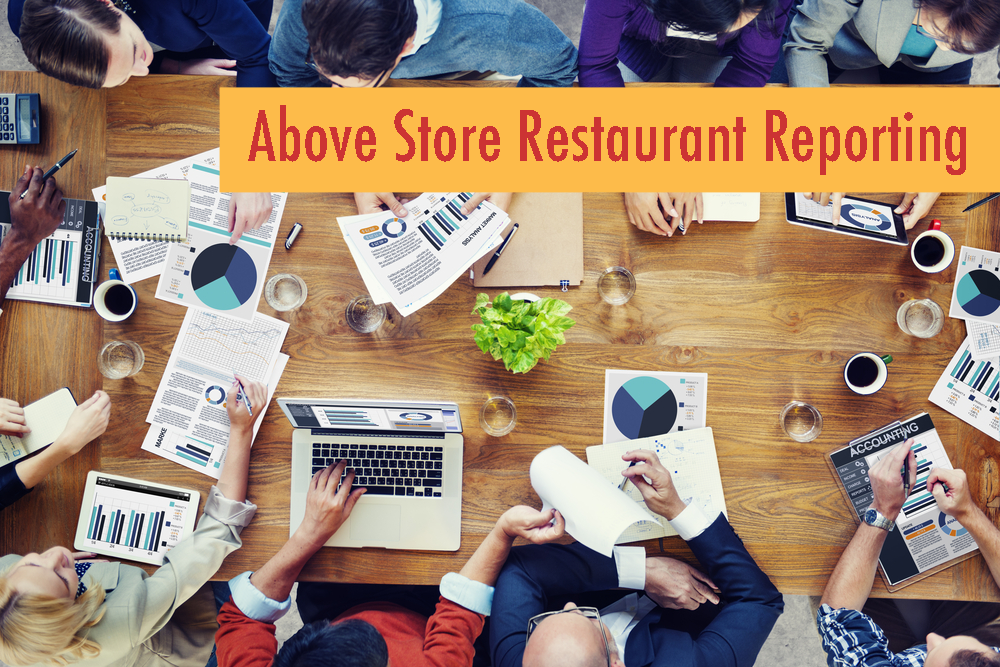

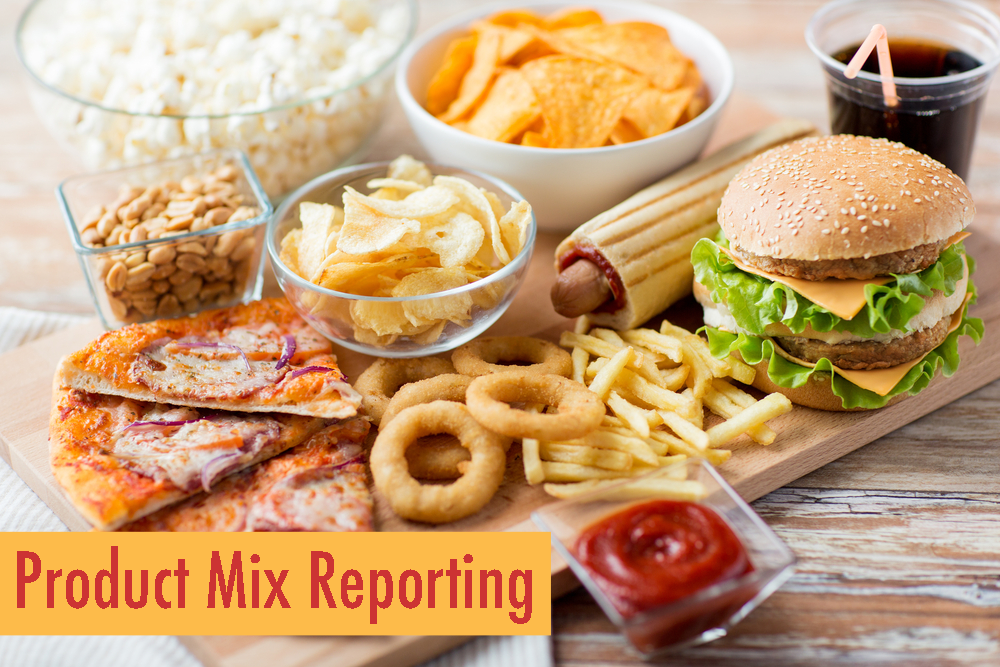
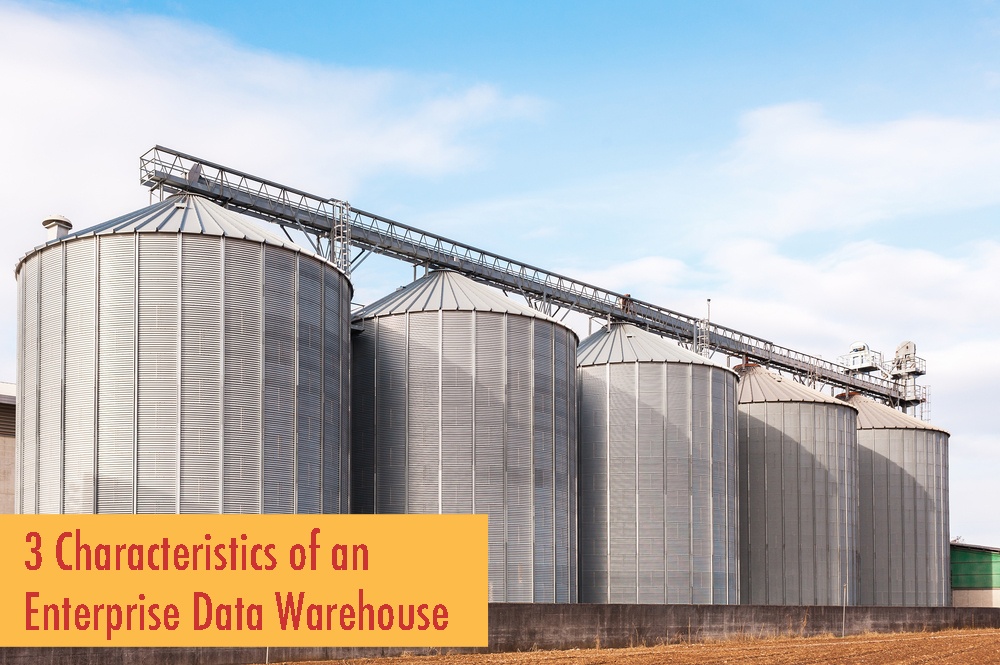
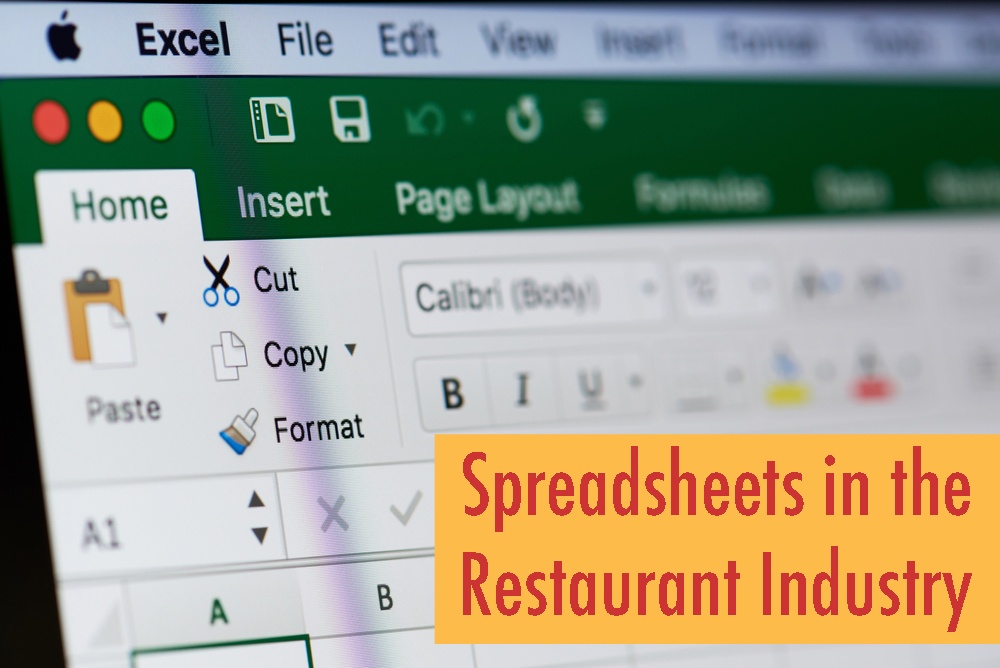

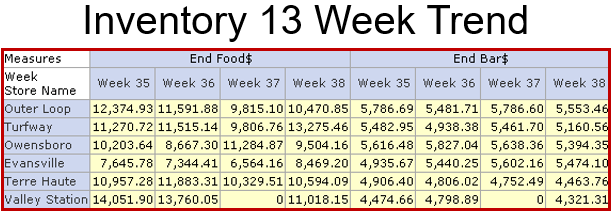






.png?width=50&height=50&name=Mirus%20Logo%20(1).png)